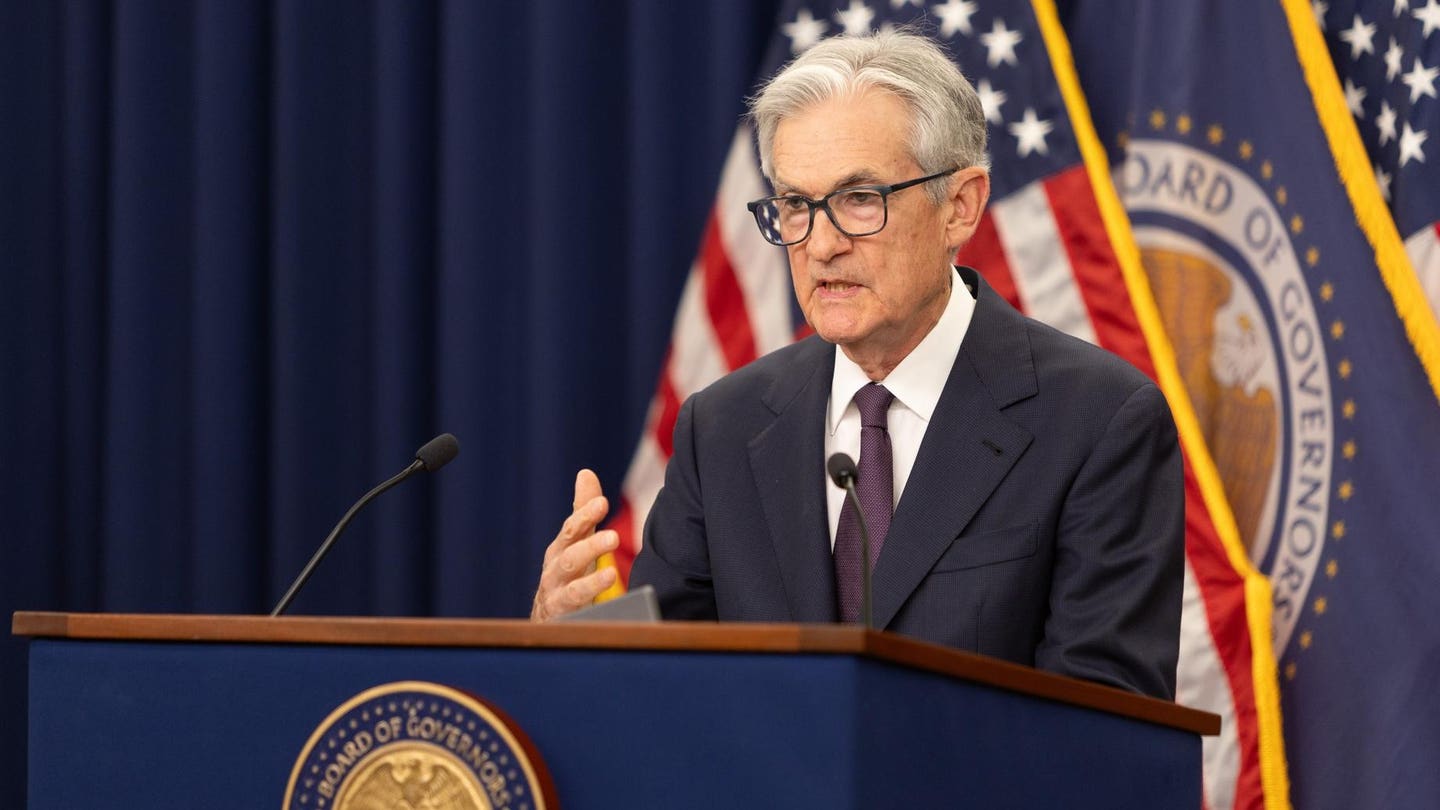Washington state is experiencing a notable shift in its college financial aid program, marking the first reduction in recent memory. State lawmakers have made significant changes to the Washington College Grant (WCG), which will impact thousands of students across the state. These adjustments come in the wake of tight budget trade-offs during the 2025 legislative session and will be phased in over the next two years.
Michael Meotti, the executive director of the Washington Student Achievement Council, has provided insights into what these changes entail for students and the broader implications for higher education in the state.
Changes in Income Eligibility
A significant alteration in the WCG program involves the reduction of income eligibility for full awards. Starting this fall, students from families earning up to 60% of the state’s median family income will qualify for the full WCG award. This is a decrease from the previous threshold of 65%, which equated to approximately $78,000 for a family of four. This change is expected to affect over 4,000 students attending both private and public colleges in Washington.
Impact on Students
Students from families earning between 60% and 65% of the median family income will no longer qualify for a full award, which is intended to cover the complete tuition cost at public institutions. The loss of part of this funding could significantly affect students’ ability to remain in school, particularly for those already managing additional expenses such as rent, transportation, or family obligations. Although these families are technically above the federal poverty line, they often cannot allocate much toward college expenses.
The exact reduction in aid for these students is uncertain, as it depends on the institution they attend and whether it is public or private. For example, this year, the maximum award for a University of Washington student was $12,378, while the next tier down was $6,189.
Meotti has noted that changes in enrollment patterns often occur when the maximum award scales down. There is substantial evidence from the past six or seven years that the full award has a meaningful impact on student enrollment and retention.
Effect on Private College Students
Beginning in fall 2026, students attending private colleges in Washington will see their maximum WCG awards decrease by about $3,000, from approximately $9,000 to an estimated $6,300. This reduction is projected to impact more than 12,000 students across the state.
Broader Implications
This reduction in state financial aid generosity is a significant development, as it marks the first such cut in decades. While Meotti does not view the current situation as a crisis, he considers it a warning sign. If future budget cycles result in further cuts, there is a risk of undermining the pathways that help individuals advance through higher education.
The Washington College Grant program has been a critical resource for approximately 100,000 students annually. The potential scaling back of this aid raises concerns about the accessibility of higher education for low- and middle-income families in the state.
As lawmakers and educational institutions navigate these changes, the experiences and voices of students and families are essential in shaping future policy decisions. Stakeholders are encouraged to share their experiences with financial aid to inform ongoing discussions and reporting.
Note: This article is inspired by content from https://www.seattletimes.com/education-lab/washingtons-college-financial-aid-program-is-facing-cutbacks/. It has been rephrased for originality. Images are credited to the original source.







